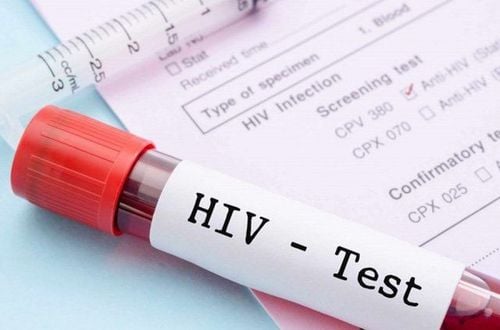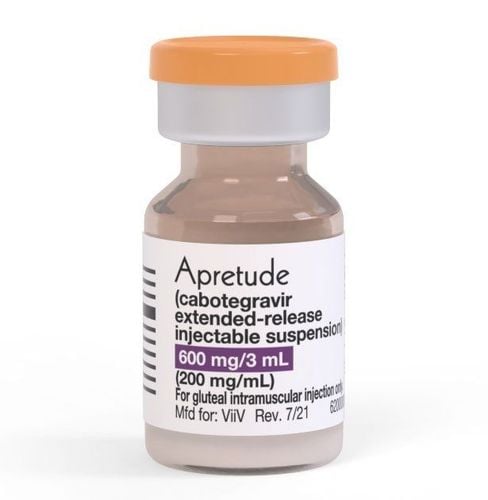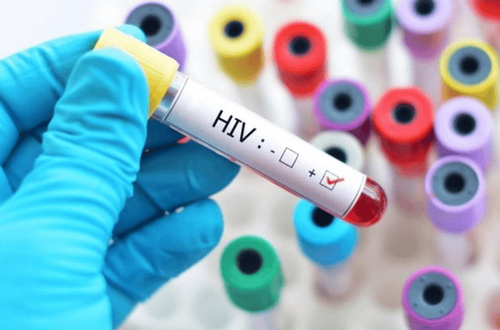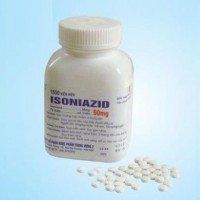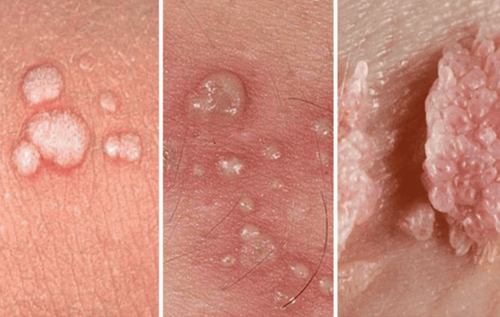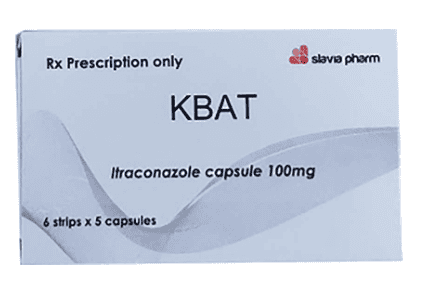This is an automatically translated article.
The article was professionally consulted with Doctor Vo Ha Bang Suong - Therapist - Department of Medical Examination & Internal Medicine - Vinmec Phu Quoc International General Hospital.1. What is HIV?
HIV stands for "Human Immuno-deficiency Virus" - the virus that causes human immunodeficiency syndrome. HIV damages the body's immune system and makes the body no longer able to fight pathogens that enter the body, and causes internal disorders that lead to muscle weakness. body and death.HIV infection often progresses over a long period of time with a silent, asymptomatic state, so patients often do not know they are sick, thus spreading the disease to the community, especially high-risk subjects such as sex workers, injecting drug users or people who have sex with men.
HIV transmission can be through:
Blood: HIV is found in blood as well as in blood components such as red blood cells, platelets, plasma, clotting factors. Therefore, HIV can be transmitted through HIV-infected blood and blood products.
Sex: All forms of sexual contact with an HIV positive person carries a risk of HIV transmission. The highest risk of infection is anal, then vaginal, and finally oral.
Mother-to-child transmission: From pregnancy, birth, and breastfeeding, HIV can be transmitted from mother to child.

Xét nghiệm là cách duy nhất để xác nhận bệnh nhân có nhiễm HIV hay không
2. What is a negative HIV test?
There are 3 types of HIV-related tests, namely HIV screening tests, HIV diagnostic tests, and treatment monitoring tests.For HIV screening tests performed with HIV rapid bioassays or marker immunoassays. There are two main methods to diagnose HIV infection: serological testing and molecular biology testing. Serological testing is usually applied to adults and children over 18 months of age. This method detects the presence of HIV antibodies or antigens in the blood.
The molecular biology test method commonly used for HIV-exposed children or children under 18 months of age with a positive HIV antibody test; Other cases are difficult to diagnose by serological methods. This method helps to detect HIV DNA/RNA present in blood or secretions.
- Treatment monitoring test measures the amount of HIV virus remaining in the blood after applying treatment to monitor the prognosis of treatment effectiveness in each patient.
What is a negative HIV test?
Meaning: At the time of testing, the tester does not carry HIV or the test has not detected the virus in the tester's body Accuracy: Not absolute. Any test has a margin of error, and so does an HIV test. More importantly, when infected with the HIV virus, it takes 3 to 6 months for the body to produce antibodies, this is considered the window period, so at this point it is possible that the test will give a negative result. If you think you are at risk for HIV infection and think you are in your "window" period, get tested again to confirm for sure if you have HIV.
3. Who should get tested for HIV?
Experts encourage everyone between the ages of 13–64 to get tested for HIV at least once. If unfortunately infected with HIV virus, early detection will help you prepare better mentally for treatment and take measures to prevent HIV transmission to others.People at higher risk should get tested more often. If you tested negative for HIV the last time or the test was done more than a year ago, and you are one of the following people you should get tested for HIV as soon as possible:
Person with HIV gay relationship. Have had anal or vaginal sex with an HIV-positive person. Has had multiple sex partners since the last HIV test. Sharing needles or other items such as water or medical cotton with others. Used to sell sex. Have ever been diagnosed or treated for another sexually transmitted disease. Have been diagnosed or treated for TB, hepatitis C virus Have had sex with someone who has at least one of the above characteristics. All pregnant women should be tested for HIV so that treatment can be initiated in pregnant women with HIV. When a woman is treated for HIV early in pregnancy, the risk of transmitting HIV to her baby is usually very low.
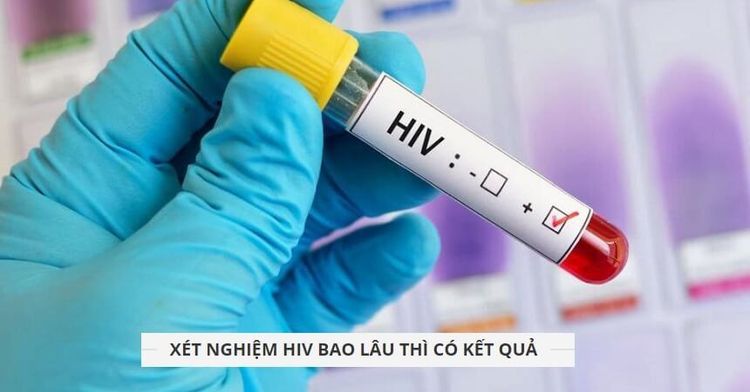
Hầu như không thể phát hiện nhiễm HIV ngay lập tức
4. How to prevent HIV disease
Based on the routes of HIV transmission, there are measures to prevent HIV disease as follows:The best way to prevent HIV is not to inject drugs.
Practice a healthy lifestyle, do not have promiscuous sex, be faithful and monogamous.
For the case of sex with an unknown person infected with HIV or not, you should practice safe sex to protect yourself by using condoms correctly; Do not let genital fluids such as semen, vaginal fluids of your partner come into direct contact with your skin and mucous membranes during sex.
For young people, not having sex before marriage is also an effective way to prevent HIV transmission through sex.
Should only transfuse blood and blood products when absolutely necessary; receive HIV tested blood and blood products.
Use only sterile needles and syringes. Do not share syringes. Use sterile instruments for surgery, tattooing, piercing, acupuncture...
When you know a person has HIV, avoid direct contact with that person's bodily fluids.
Do not share personal items such as toothbrushes, nail clippers, razors, etc.
It is best for HIV-infected women not to become pregnant, because the rate of HIV transmission to the fetus is 30%. If you are pregnant, take preventive medicine as directed by your doctor. In case you are pregnant, you should go to a medical facility for antenatal check-up and advice on how to handle it.
Vinmec International General Hospital offers a Package of Examination and Screening for social diseases to help customers detect diseases early and have effective treatment and prevent dangerous complications. The screening package for social diseases at Vinmec is for all ages, both men and women.




